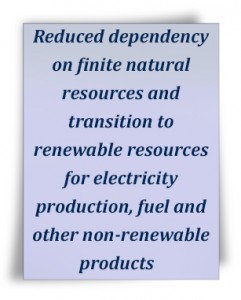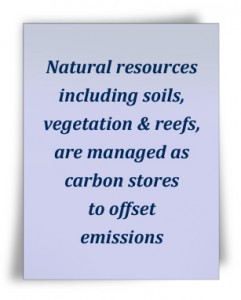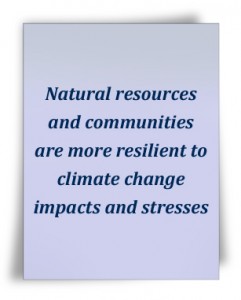SNAPSHOT
Climate of the Burdekin Dry Tropics region
The Burdekin Dry Tropics region has a pronounced wet and dry season, with most rain falling between November and April. Average annual rainfall ranges from around 500mm to 1500mm however this varies across our region as well as year to year (Dight, 2009). This variability is linked to the El Nino Southern Oscillation and the formation of tropical low pressure systems sometimes referred to as the Monsoon Trough. Additionally, cyclones generated by low pressure systems and warm oceans can contribute significant volumes of rainfall on land (Lough, 2001).
Our region’s coastal areas are characterised by a tropical sub-humid climate with relatively high temperatures all year round and heavier rainfall and associated higher humidity in the summer months. Higher altitude coastal ranges, particularly in the region’s north and south, have a wet tropical climate with cooler temperatures, and rainfall is distributed more broadly across seasons. In contrast, rainfall gets progressively lower towards the west and is more variable compared to the coastal areas. The dry seasons are longer and cooler, and the wet seasons hotter and more unpredictable in these semi-arid inland areas.
Related information
-
- Alert system for the El Niño–Southern Oscillation (Custodian: Bureau of Meteorology).
- Drought declarations (Custodian:LongPaddock, Qld DPI&F).
- Monthly Climate and Water Outlook video covers rainfall, streamflow and temperature for the next three months. (Custodian: Bureau of Meteorology).
- Latest high-definition satellite image from MetEye. (Custodian: Bureau of Meteorology).
- Real-time wind movement. (Custodian: EarthWindMap).




